Did you know that as many as 90% of American homes have moisture levels that exceed acceptable limits? Your home may benefit greatly from attic ventilation as well as the installation of new insulation. But it is likely you have many questions about attic ventilation and insulation. As experts in insulation and attic ventilation for Eden Prairie, we have received many questions about both of these and would like to provide you with some answers. And, if you think your attic is too moist and could benefit from attic ventilation, don’t hesitate to give us a call. We will be able to assess the amount of ventilation and/or insulation work you need in order to make your home run as efficiently as it should.
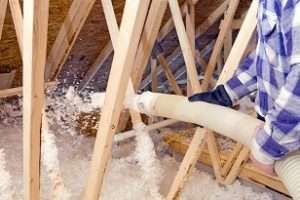
What is attic ventilation?
Ventilation is what helps get rid of the heat and humidity, drawing it out of your home. Proper residential insulation and ventilation play a key role in making sure this heat and humidity do not build up in your attic.
What is the right amount of ventilation?
One must precisely calculate the proper amount of venting needed to allow for proper attic ventilation. Insufficient ventilation leads to moisture issues during the winter months and cuts down on the overall efficiency of your energy usage during the summer months
As a general rule, you should establish a 1:300 ratio in which every 300 square feet of ceiling space calls for 1 square foot of attic ventilation. Accessory items like grates, piping and others that sit on your roof may also be an issue in calculating and setting up true ventilation. And, just any opening into the roof does not count as true ventilation.
The experts at Lewis Insulation can help determine what your attic already has and what your attic needs.
Can’t I just add more insulation instead?
It is normal to think that adding more insulation would assist in the overall effort to prevent winter and summer issues in attic ventilation. That is not the case, however. Vents in the roof at points where insulation is installed allows for more opportunity for moisture to get in. Some venting is absolutely necessary on the roof but you do not want to add to it by installing more insulation.
Still have more questions? Call us up at Lewis Insulation and we can certainly get you scheduled for a visit. We will come out and take a look to determine proper ventilation, whether you have it or not. Without exception, you should talk to a professional to determine what your home requires.
For more information on attic ventilation for your Eden Prairie home, call us at Lewis Insulation at 763-477-2612, or you can contact us and get a Free Estimate.

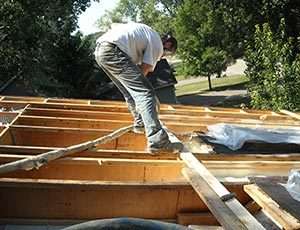
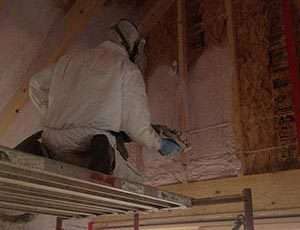
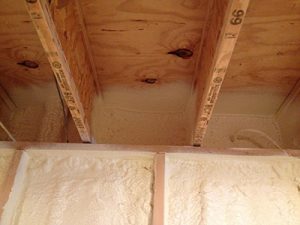
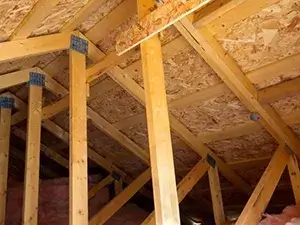 One must precisely calculate the proper amount of venting needed to allow for proper attic ventilation. Insufficient ventilation leads to moisture issues during the winter months and cuts down on the overall efficiency of your energy usage during the summer months. It is normal to think that adding more insulation would assist in the overall effort to prevent winter and summer issues in attic ventilation. That is not the case, however. Vents in the roof at points where insulation is installed allows for more opportunity for moisture to get in. Some venting is absolutely necessary on the roof but you do not want to add to it by installing more insulation. In fact, these seams can be the source of blowouts during hurricanes or be entry points for a wildfire.
One must precisely calculate the proper amount of venting needed to allow for proper attic ventilation. Insufficient ventilation leads to moisture issues during the winter months and cuts down on the overall efficiency of your energy usage during the summer months. It is normal to think that adding more insulation would assist in the overall effort to prevent winter and summer issues in attic ventilation. That is not the case, however. Vents in the roof at points where insulation is installed allows for more opportunity for moisture to get in. Some venting is absolutely necessary on the roof but you do not want to add to it by installing more insulation. In fact, these seams can be the source of blowouts during hurricanes or be entry points for a wildfire.